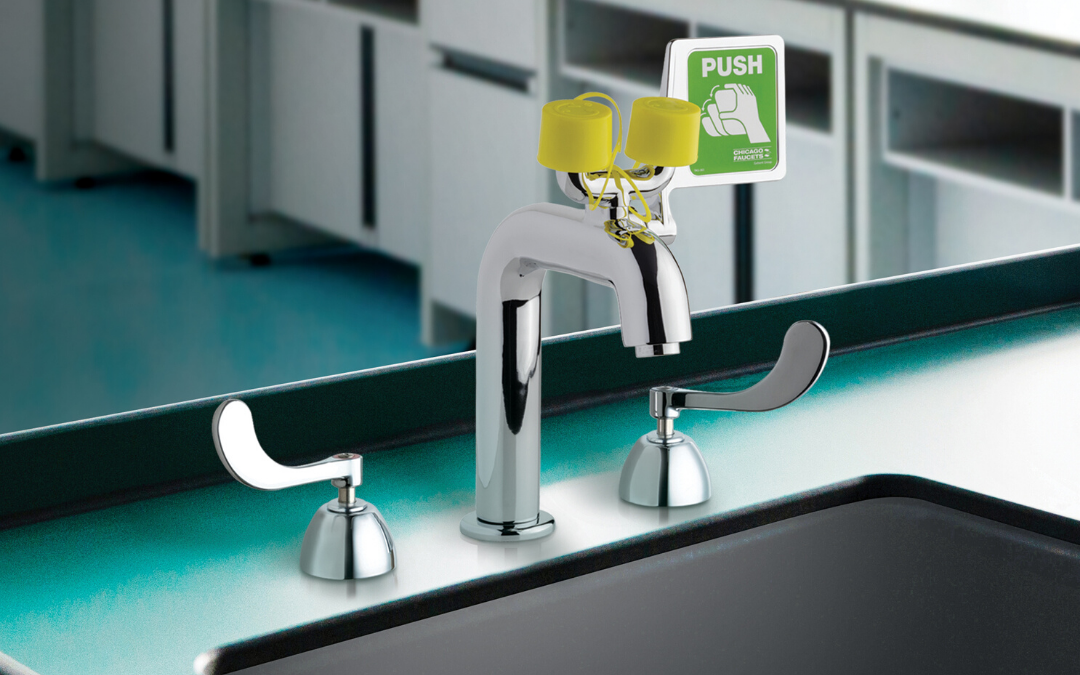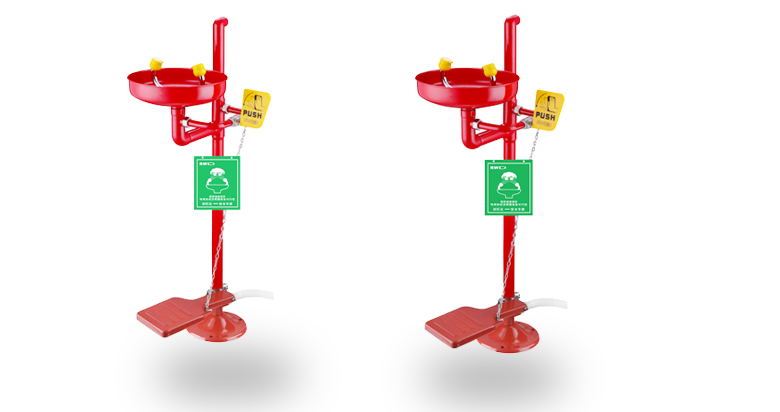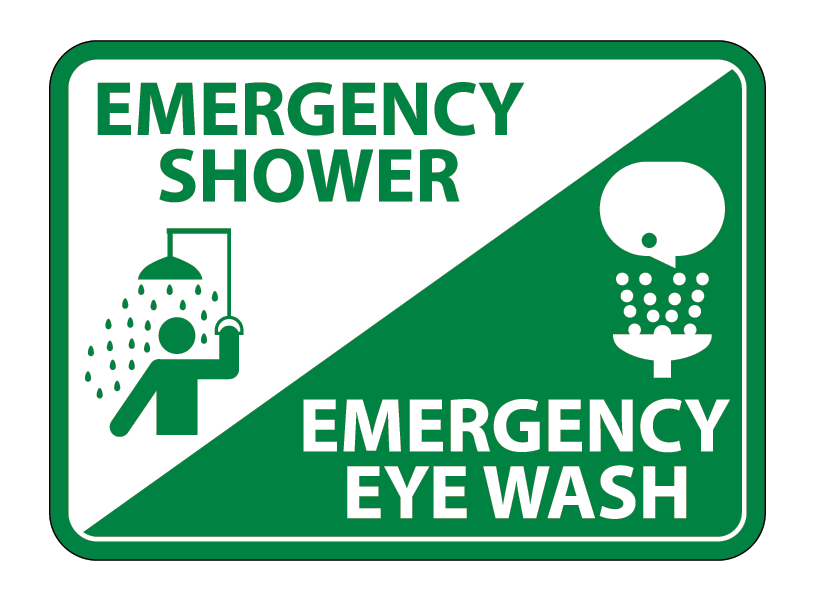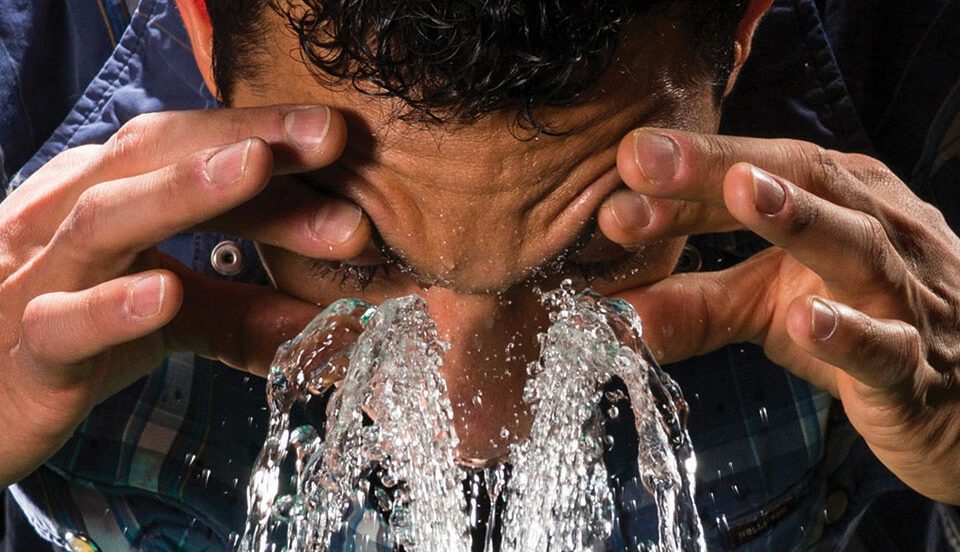What is OSHA guidelines for eyewash & How often does OSHA require eyewash inspection?

American standard ANSI/ISEA Z358.1 2014 Emergency Eyewash and Shower Standard
2023年3月13日
Best Practices When Procuring, Placing and Maintaining Your Emergency Eye/Face Wash and Showers.
2023年4月29日What is OSHA guidelines for eyewash?
OSHA (Occupational Safety and Health Administration) has established guidelines for eyewash stations to ensure that employees have quick and easy access to emergency eyewash in case of exposure to hazardous substances. The specific guidelines vary depending on the type of hazardous materials being used and the potential exposure level, but generally include the following:
Eyewash stations must be located within a 10-second walk of the hazardous area.
Eyewash stations must be on the same level as the hazard and have a clear path of travel.
Eyewash stations must be in a well-lit area and identified with a sign.
The eyewash station must be able to deliver a minimum of 0.4 gallons per minute of tepid water (between 60°F and 100°F) for at least 15 minutes.
The eyewash station must be able to operate hands-free, either by foot pedal or sensor activation.
The eyewash station must be inspected and tested regularly to ensure it is in proper working condition.
Employees must be trained on the location and proper use of eyewash stations.
These guidelines are intended to ensure that employees have immediate access to emergency eyewash in case of exposure to hazardous substances, which can help to prevent or minimize eye damage or injury. It is important for employers to comply with these guidelines and ensure that eyewash stations are properly maintained and accessible to employees.
How often does OSHA require eyewash inspection?
OSHA (Occupational Safety and Health Administration) requires that employers provide and maintain emergency eyewash facilities in areas where employees may be exposed to hazardous substances. OSHA does not specify a specific frequency for inspection and testing of eyewash stations, but it does require that they be maintained in a usable and clean condition.
Employers are responsible for ensuring that eyewash stations are inspected, tested, and maintained regularly to ensure that they are in proper working condition and ready for use in case of an emergency. The frequency of inspection and testing may vary depending on several factors, including the type and amount of hazardous substances used in the workplace, the frequency of use of the eyewash station, and the manufacturer’s guidelines.
Many eyewash station manufacturers recommend weekly testing and flushing of the eyewash station to ensure that the water is clean and free of contaminants and that the equipment is functioning properly. Additionally, the eyewash station should be inspected monthly to ensure that all components, including the nozzles, valves, and drains, are working properly and that the water supply is free of any obstructions.
It is also important to document all inspections and testing of eyewash stations, including the date, time, and results of each inspection, to demonstrate compliance with OSHA regulations and to identify any potential issues or maintenance needs.
The Occupational Safety and Health Administration (OSHA) requires that employers provide employees with access to an eyewash station in any Read more
ANSI/ISEA Z358.1-2014 Standard for Emergency Eyewash and Shower Equipment ohs_ansi type eye wash ANSI Z358.1-2004 pdf downloads PREFACE This Standard Read more
Emergency eyewash and shower stations are critical safety equipment that can help prevent serious eye and skin injuries in the Read more
An Emergency Deluge Shower Station, also known as an eyewash station or safety shower, is a safety device designed to protect individuals Read more
What are some common hazards that require an eyewash station? Eyewash stations are typically required in workplaces where employees are Read more








